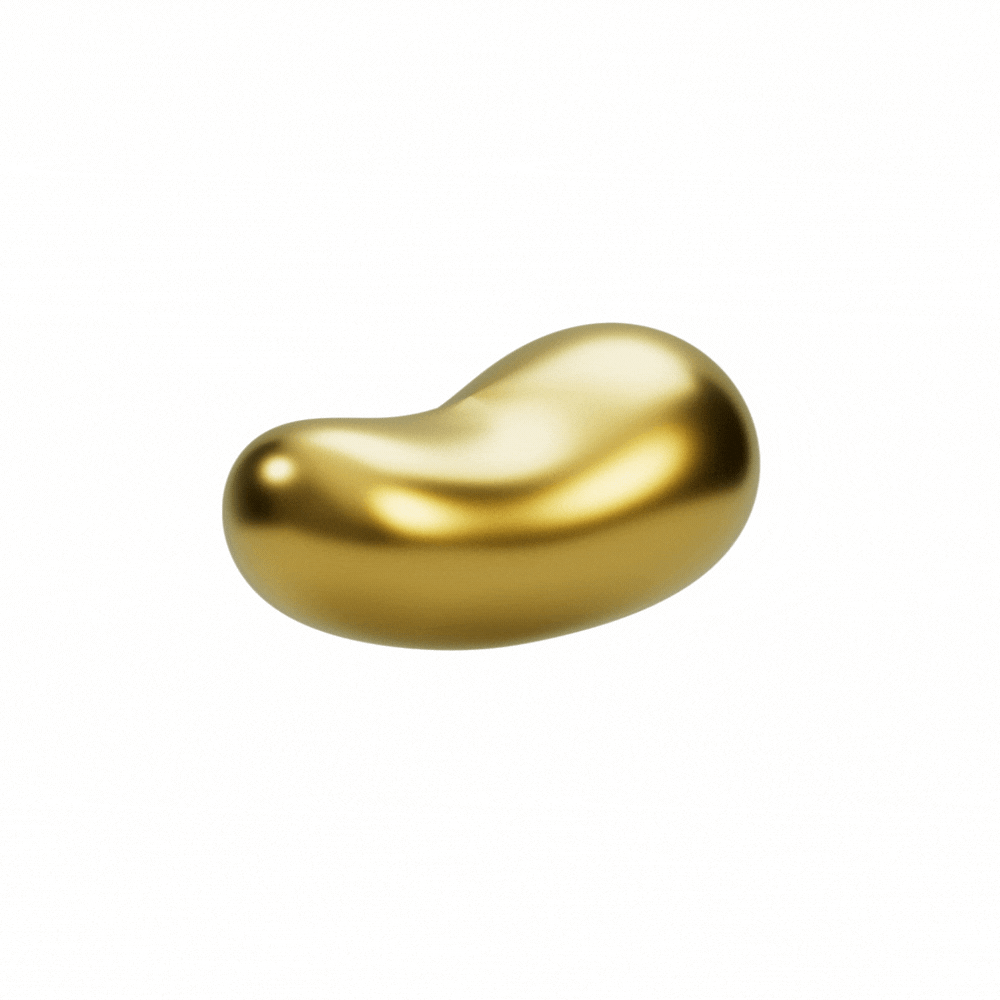Kabaim
Born in '96, Kabaim is an artist immersed in the nuanced exploration of the human condition. Navigating the realms of surrealism and realism, he meticulously crafts narratives through the interplay of manual and mechanical techniques. His focus, often centering on raised wine glasses, exposes the intricate dance between social vibrancy and the concealed emptiness within status symbols. This artistic pursuit reflects a dedicated commitment to unraveling the complex tapestry of human narratives through everyday simple reflections.
Collect Bean: What does growth mean to you?
Kabaim: Growth, to me, is the acknowledgment that the journey is dynamic, emotions are diverse, encompassing both highs and lows. Embracing this spectrum and consistently questioning myself propels me toward a deeper comprehension of my vision, affirming that I'm progressing on the right path.
Collect Bean: What does an ideal day in your studio look like?
Kabaim: An ideal day in the studio encompasses immersing myself in a painting, losing track of time in the creative process, and ensuring balance. This includes incorporating workouts, mindful eating, and the discipline to leave a clean and organized workspace behind.
Collect Bean: What role does color play in your practice?
Kabaim: Color is integral to my practice; I aim to create works with captivating color combinations. I want the painting to draw you in before you fully grasp its content, mimicking the experience of seeing with half-closed eyes and interpreting through colors alone. I often incorporate flat gradients and, more recently, experiment with more restricted color palettes to push my creative boundaries.
Collect Bean: How do you decide on the subject matter for a painting?
Kabaim: I often decide on my subject matter by exploring light, color, and composition. As I delve into these elements, patterns emerge, catching my attention and inspiring me to explore and express them further in my art.
Collect Bean: What is something that you do to stay focused?
Kabaim: I find maintaining momentum and focus crucial, so I always have two or more paintings in progress. This way, as I near completion on one, I can seamlessly transition to another. It keeps me engaged, ensuring a continuous flow in my artistic practice.
Photo Credit: Chris Raitner

